Revolutionizing the Eyewear Industry with 3D Printing: LVMH's Innovative Approach
Introduction
On July 22, 2024, Xipens reported that companies like Materialise have been developing 3D printed eyewear for over a decade. The efficiency of traditional eyewear production methods is low, and the fast-changing consumer trends make 3D printing an ideal solution for the eyewear industry.

LVMH’s Entry into Eyewear Manufacturing
LVMH, a luxury conglomerate with an annual revenue of $86 billion, has ventured into the eyewear market. Initially, small Italian companies produced eyewear for themselves and other brands. Over time, companies specializing in lenses, resin frames, small metal parts, bridges, and hinges emerged. Luxottica, with its fully vertical integration, dominates the market, producing brands like Ray-Ban, Persol, and Oakley, and manufacturing for Chanel, Giorgio Armani, Dolce & Gabbana, Prada, and Ralph Lauren.

Thélios: LVMH’s Eyewear Manufacturing Division
In 2017, Thélios was established as LVMH’s eyewear manufacturing division, headquartered in Italy. Managed by Alessandro Zanardo, a veteran with 11 years at Luxottica, Thélios serves LVMH’s 13 brands and has a production capacity of 4.5 million frames annually. With 40,000 square meters of production space and 1,000 employees, Thélios aims to revolutionize the eyewear market.

3D Printed Eyewear
Thélios has produced 3D printed eyewear for Givenchy and Fendi. Givenchy’s 3D printed cut-out glasses are priced at approximately $600. Dior's 3D S1 glasses are another high-end example, available in black and green. This move challenges Luxottica's dominance in the eyewear industry.

Future Prospects for LVMH in Eyewear
LVMH’s strategy includes leveraging 3D printing for faster production and customization. The company’s existing infrastructure and distribution channels provide a competitive edge. LVMH’s potential to adopt 3D printing more aggressively than established companies could lead to significant market disruption, offering on-demand production tailored to specific sizes and styles.
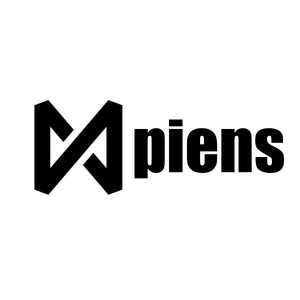

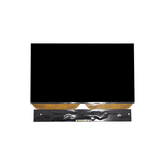
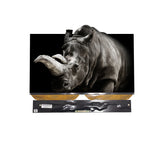
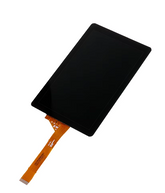
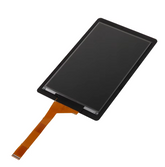
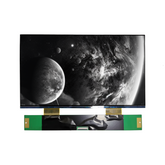
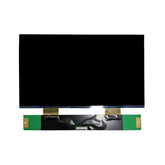



Leave a comment
Please note, comments need to be approved before they are published.